Nextage Therapeutics has developed a system that allows cannabis molecules to cross the blood-brain barrier (BBB) and reach the brain directly. The technology is based on research done at the Technion-Israel Institute of Technology and means that many side effects can be avoided and doses can be lowered in the medical use of cannabis.
WeedLife News Network
Raw marijuana doesn’t have THC, but this doesn’t mean that the the plant in it’s natural state isn’t healthy or worth trying.
A lot of amateur cannabis users don’t know the details about cooking with cannabis. They might think that adding raw marijuana leaves to their sweets and dishes might produce some sort of effect. While this isn’t at all true, raw marijuana does have some interesting health benefits.
Not that long ago, researchers began to notice the benefits of the other parts of the cannabis plant, removing their focus from THC and CBD. These compounds and terpenes are plentiful and vastly different, to a point where researchers don’t even know how many there are and what their effects are in full.
Consuming raw cannabis has been likened to eating leafy greens. While the plant in this state won’t get you high or produce any psychoactive effects, it might help in preventing diseases, providing vitamins, minerals and cannabinoids. It most likely will taste really bad.
For the THC in the cannabis plant to become effective — providing the high and the sensation of relaxation or creativity — the plant needs to go through decarboxylation. It’s the process many unfortunately skip before eating marijuana (edibles). Decarboxylation occurs when you apply heat to the plant, be that when smoking a joint or when preheating cannabis before adding it in to your edibles.

A cannabis product may fail contaminant testing if it has unsafe levels of microbials, heavy metals or pesticides.
While cannabis has many beneficial properties for both medical and recreational users, it also comes with intrinsic dangers like mold and yeast.
Growing cannabis sometimes involves pesticides, and the water can be polluted.
Most states where cannabis is legal have enacted legislation that requires companies to pass tests before releasing their product on the market. This, in turn, created a problem for companies that must ensure their product is safe and compliant with all regulations.
Luckily, the demand for a pure cannabis spurred the development of decontamination technology.
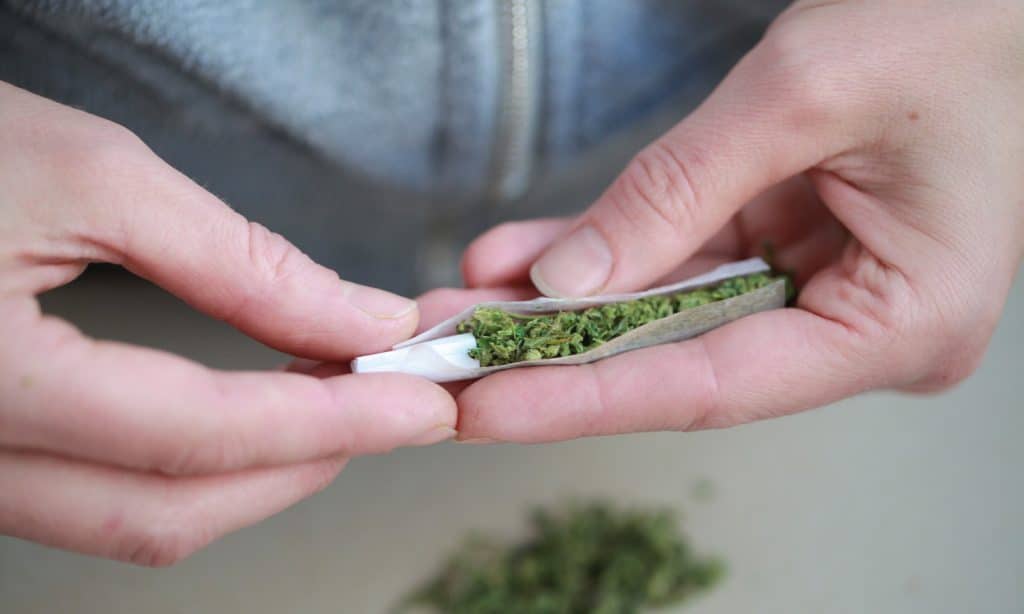
Many people around the world are discovering the benefits of medicinal cannabis. With its growing integration into modern medical practices, technology is also evolving to deliver greater quality and service to consumers.
From senior citizens to young adults with chronic health conditions, medical marijuana is a diverse industry that requires flexible, personal, and responsive technology. The emerging trends reflect increased legalization. As procedures change, the way people use technology to get medical marijuana will change. Here are some of the trends you can expect to see in the coming years.
Artificial Intelligence
Chatbots on websites will become more common as they help customers get answers to common questions and connect with important resources. AI will also be able to help customers search for different products, make personalized recommendations and perform a variety of customer service tasks. AI learns how to interact with people through every conversation; the more people use it, the smarter it becomes. Initial AI bots may seem clunky and mechanical, but as they become more widespread, users will eventually barely notice a difference between assistance from an AI and human.
From a business standpoint, AI will also begin to be used to automate more operations. AI is capable of monitoring growth and synthesizing information at a rate no human could ever match; higher demand for medical marijuana will require faster production. AI reduces the margin of error to ensure the cannabis remains safe despite
DNA Sequencing
New DNA technology will create a more regulated cannabis industry, including medical marijuana products that contain not even trace amounts of THC or CBD. Growers will then be able to customize or strengthen the medicinal benefits to suit people’s needs and serve a greater audience. Extracting genes and creating new types will pave the way for unprecedented evolutionary growth and use of the plant. With the ability to deconstruct, extract, and modify, there may eventually be a new type of manufacturing that replicates the compounds of medical marijuana without actually requiring a plant.
With the lockdown restrictions easing, COVID-19 remains a very serious health threat worldwide. Dozens of coronavirus vaccines are in development across the world in combined global effort with high hopes to bring one to the market in record time to ease the global crisis.
One interesting candidate is cannabidiol or CBD. Recent research shows it may help fight COVID-19.
What the research says
According to a study conducted at the University of Lethbridge in Alberta, Canada, those with raised CBD levels could reduce the adverse effect of coronavirus on the human body by examining hundreds of cannabis strains. Cannabis Sativa strains are high in CBD, and scientists could develop this core cannabis component to develop preventative treatments such as mouthwash products for both clinical and home use.
The research was carried out by Drs. Olga and Igor Kovalchuk, professors at the University of Lethbridge’s Department of Biological Sciences, along with researchers from Pathway RX, under a research license from Health Canada at the University of Lethbridge, which continues to actively pursue partnerships to conduct clinical trials.
Results from the study show that that hemp extracts high in CBD could potentially act as a barrier against the protein that provides a gateway in certain tissues for COVID-19 to enter host cells by balancing levels of angiotensin-converting enzyme II (ACE2). The virus can enter the host cells via ACE2, and inflecting those levels in the lung, kidney, gastrointestinal tract, nasal mucosa, and testes would reduce the host's susceptibility to COVID-19 significantly.
Love strain-specific edibles but have a hard time finding them? You are not alone! As people learn more about the variety present in cannabis’ many strains, many find that only some of these options give them the effects they are looking for. For those strain-sensitive patients who prefer edibles, this can present a challenge. It’s not always easy to find the strains you need locally, but it can be almost impossible to find them in edibles. Since most edible companies leave the strain a mystery (or mix many strains together) it is hard to find specific strains when you need them.
Making edibles at home is a great way to bypass the problem but edible recipes can get complicated. Most people don’t want to labor over a pot for hours, constantly checking that the temperature is still in the perfect zone. If you have had a hard time making edibles at home, here are five shortcuts simplify this tasty task:
Use a Magical Butter Machine
Edible bases can be tricky to make, and usually involve a long infusing process where the temperature needs to be just right. The Magical Butter machine really simplifies this process. You put your decarboxylated marijuana and your butter into the machine and push a button. Two hours later, your perfectly infused butter is ready to go. Since it can help make many common bases like butter, oil, glycerin, honey, and alcohol, the Magical Butter machine can simplify almost any edible recipe.
Cook the Weed Right In
Infused oils aren’t the only way to make an edible. If you want to skip the process of making a base and get right to making your edibles, try these recipes that use the flower itself. Do you ever vape your favorite strains? This delicious pesto recipe turns the left over flower in your vape into a culinary experience. Or try turning your cannabis into canna-flour, with this zucchini bread recipe. The recipe teaches you how to grind up your preferred pot into a powdered form that can be baked right into your favorite treats.
Eat it Fresh
You can skip the cooking altogether by eating raw cannabis fan leaf. This not only simplifies your process, but you can also gain the benefits of the plant’s unaltered natural compounds like THCA. The most popular method for consuming the raw plant is juicing it. The juice can be mixed with other fruit or veggie juices for flavor and can be frozen in ice trays to preserve for later. Still, some skip the juicing all together and put the leaf straight into their salad. The high is fairly different from infused and decarboxylated edibles so you might also find that different strains work well for you fresh than when consumed other ways.
Buying CBD products can be confusing to say the least. One thing that often perplexes CBD consumers is the difference between broad spectrum and full spectrum CBD.
With thousands of CBD products on the market, different brands are struggling to stand out. One major difference between CBD oil tinctures is whether they contain broad spectrum or full-spectrum CBD. It doesn’t help that products are also frequently mislabeled, too.
In brief, the hemp plants has hundreds of natural chemicals in it, including the “cannabinoids” that cause its beneficial effects. The most well known cannabinoids are CBD, the popular supplement, and THC, which is the main “active” ingredient in psychoactive cannabis (a.k.a. “marijuana”). But many other cannabinoids exist.
Both broad spectrum and full spectrum CBD products contain a variety of these natural cannabinoids, but differ in one key ingredient. While neither type of CBD will make you “feel high,” full spectrum CBD has tiny amounts of THC in it while broad spectrum doesn’t have any at all.
But there’s a lot more to learn, so read on to understand more about the different types of CBD oil and why it could matter to you.
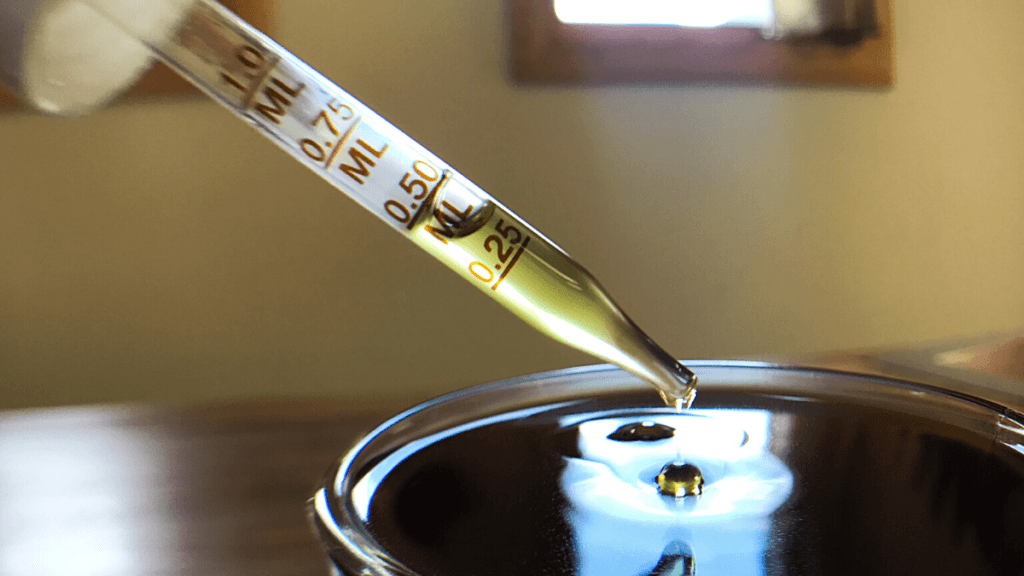
To some, artificial intelligence (AI) may be categorized next to the likes of Bitcoin and blockchain: it’s just another techie buzz word.
For others, artificial intelligence could conjure up images of sentient robots hellbent on world domination.
While artificial intelligence, in some ways, can be those things, what it is in practice often looks much different.
The artificial intelligence that many people talk about today can also be referred to as machine learning, or the process by which software takes in data, learns patterns, and makes whatever adjustments it needs to make to achieve its goal.
The goal in our case?
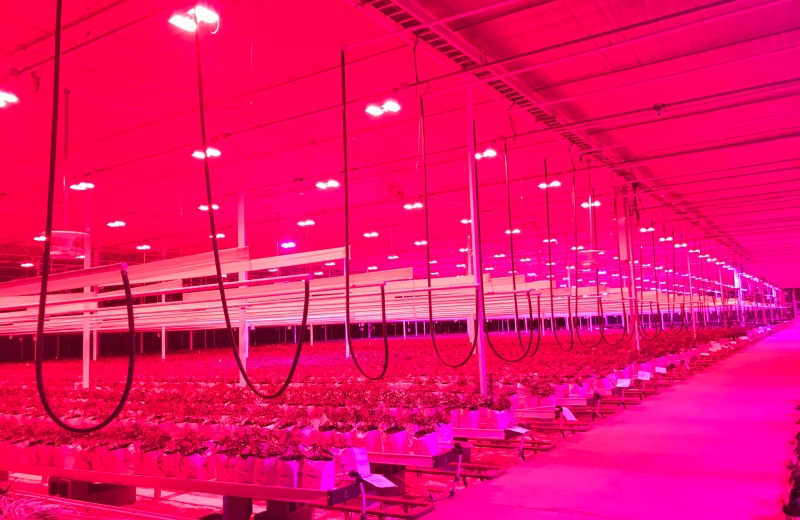
October usually heralds the harvest of outdoor cannabis plants, affectionately known as “Croptober.” But this fall, something more serious is in the air: smoke from the wildfires that are ravaging California and Oregon.
Fires are clustered in Northern California’s “Emerald Triangle” and a pair of Oregon counties, areas that are among the nation’s most important for cannabis production. Even if crops aren’t destroyed in the more than 5 million acres of wildfires, massive amounts of smoke and ash will take a toll. Darkened skies can stunt the plants’ growth, said Jill Ellsworth, chief executive officer of Denver-based Willow Industries, which cleans marijuana flower for mold in California and other states.
“We’re hearing that some cultivators are starting to harvest early, because it’s prematurely flowering, and they don’t want that,” Ellsworth said.
In a normal year, around two per cent to five per cent of California’s marijuana crops would fail mold tests, Ellsworth said. This year, she estimates it could be double that percentage as sunlight-blocking smoke weakens plants’ resistance to mold, disease and other pests. Even crops inside greenhouses could be affected.
The impact is expected to extend beyond the flames and haze. The fires will likely hit supplies and cause ripple effects across the country.
Today’s cannabis market is experiencing unprecedented growth.
At the same time, consumers expect a consistent product while also demanding diversity.
Technological advancements in breeding programs are helping cannabis producers meet both of these needs.
By engineering and cultivating a base product that is perfectly aligned with specific goals, producers can now satisfy unique objectives of cannabis organizations throughout the industry.
Innovative new techniques in artificial selection, genetics optimization, and data analytics are making it possible for producers to strike a balance between diversity and consistency.
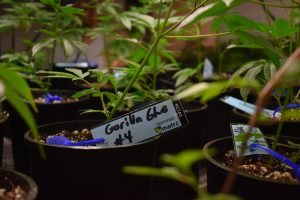
Some people report a dramatic change after just one serving of raw cannabis juice, while others may take four to eight weeks to see full results.
Cold-press juices enable one to partake of the nutrients present in raw fruits, vegetables, and herbs that get lost once the products are heated or cooked. In a similar vein, consuming raw cannabis leaves and buds as a dietary aid increases the anti-oxidant and neuroprotective properties of this plant.
Raw cannabis can contain 500mg to 1,000 mg of non-psychoactive THCA, CBDA, and CBGA. In comparison, the same amount of cannabis once heated contains 10 mg THC. Also, as the THC in cannabis only becomes psychoactive when heated, consuming raw cannabis allows one to get the benefits of the plant in a non-intoxicating way.
In particular, raw cannabis appears to be particularly beneficial in treating inflammation and autoimmune disease. As reported by Project CBD, “Unheated CBDA and unheated THCA (THC-acid) both have medicinal attributes, but there has been comparatively little scientific research into cannabinoid acids.” Hence, while the anecdotal accounts about cannabis’s benefits as a dietary supplement look very promising, further scientific research is needed.
As with any other cannabis product, results vary according to an individual’s unique endocannabinoid system. Some people report a dramatic change after just one serving of raw cannabis juice, while others may take four to eight weeks to see full results.
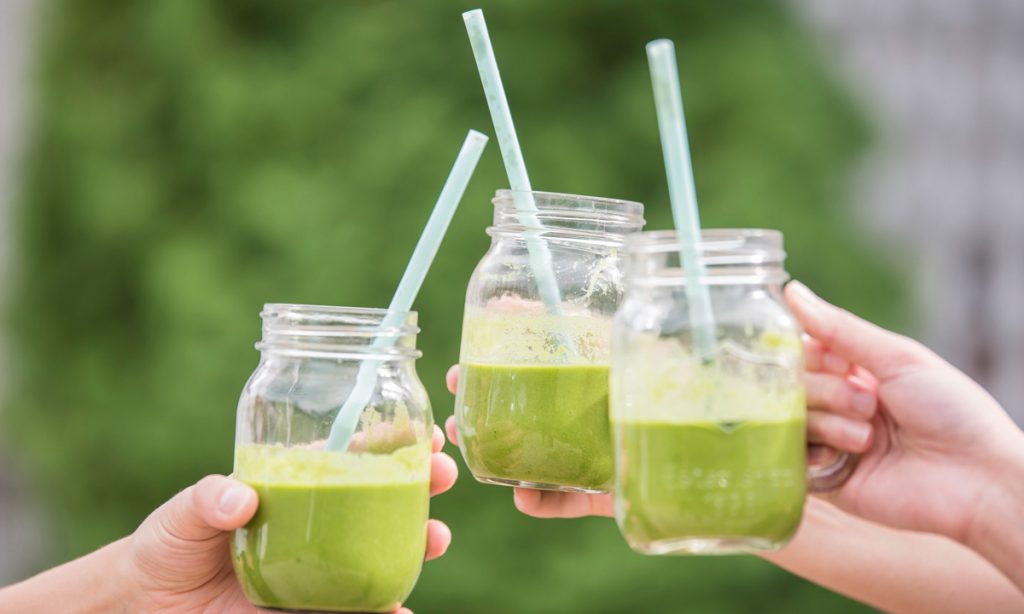
For many decades THC was the most popular and well-known cannabinoid.
That has changed in recent years to some extent.
THC is still very popular, however, other cannabinoids have seen their popularity increase recently, with CBD seeing the most dramatic increase in popularity and awareness.
Google search trends show that CBD is queried more often than THC, and that has been the case for a few years now.
Interest in CBD is clearly on the rise, but what about actual use?
Cannabis is safer than alcohol.
How much so?
According to at least one peer reviewed study the cannabis plant is 114 times safer than alcohol.
In fact, the cannabis plant is safer than many substances that are common around households across the globe.
With that being said, that is not the same as saying that cannabis does not have any side effects.
The most lenient states permit consumers to purchase almost every CBD type irrespective of its source or intended use.
As of 2018, all 50 states have officially legalized the use of hemp-based CBD products. In the United States, governing officials initially classified CBD, hemp, and marijuana as harmful substances. However, recent medical insight encouraged federal authorities to legalize industrial hemp and CBD on a national level.
For routine CBD consumers, legalization may be good news. Though CBD-based products are manufactured and distributed throughout the United States, you’ll need to remember that each state has set its own rules regarding CBD use.
If your state allows its citizens to use CBD products, it doesn’t mean that a neighboring state has implemented the same rules and regulations. Put simply, federal laws are mostly for legislation purposes and will only override the provisions of state law in rare circumstances. With this in mind, pay close attention to any exceptions to the nationwide legalization.
Before answering the question of which states allow CBD and pinpointing what CBD products you can use, you should gain an understanding of how CBD’s source and intended use impact legislation. Studying the relationship will make it a lot easier for you to differentiate between CBD’s legal and illegal use.
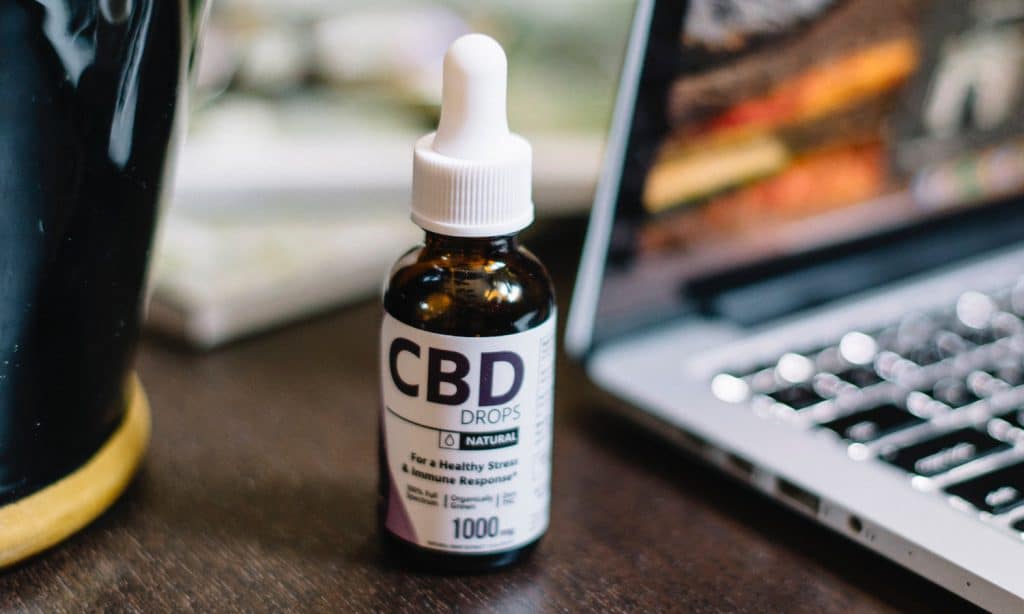
As reported by the Houston Chronicle, the city’s Forensic Science Center has devised a chemical testing procedure capable of differentiating between hemp and psychoactive cannabis. In June 2019, the law that defines hemp and ‘weed’ became effective: it distinguishes them from each basing on whether they are above 0,3% THC content. The maneuver, intended to serve as an added business safety for hemp farmers, created an issue at the prosecution level: THC content has to be proven, since this bill passed. And, a that time, Texas laboratories were not equipped to provide the analytical evidence that entities like state-licensers or prosecutors need to enact regulations.
Up to this day, state agencies were forced to rely on costly analyses services provided by private laboratories. This new testing method will be limited to the plants themselves, and will not be structured in a way to assess active principle content in any other form of cannabis products. The procedure represents the fruit of more than a year of work, conducted by two lab employees, who adapted a DEA test methodology in order to serve them in the differentiation between hemp and marijuana. Another peculiarity of this testing practice, besides working solely with plant material, is the fact that it accounts for a 0,3% THC ‘wiggle-room’, which should keep every party involved away from the risk of legal hassles coming from a false positive.
Texan hemp farmers, finally, can rely on the certainty that local law enforcement will be able to properly do their job and distinguish their operations from illicit or non-compliant ones, without the concerns caused by the lack of resources.
Poland’s Institute of Natural Fibers & Medicinal Plants (IWNiRZ) has launched a program aimed at lifting the fortunes of the agrarian nation’s hemp farmers while expanding the country’s international footprint through a wide range of research, development and new business activities.
“The dynamic annual increase in the scale of hemp farming in Poland is an opportunity to improve the financial situation of Polish farmers, especially small landholders,” said Witold Czeszak, who heads the Institute’s Technology Transfer Department, and is co-founder and manager of the new initiative, the Polish Hemp Program.
At the same time, Czeszak said IWNiRZ is responding to the needs of the global industrial hemp market, setting an example for effective commercialization of intellectual property rights developed at the Institute, which marks its 90th anniversary this year.
Working globally, locally
Supervised by Poland’s Ministry of Agriculture and Rural Development, IWNiRZ participates in a wide range of national and international projects, cooperates with numerous scientific organizations around the world, and carries out comprehensive research on the harvesting and processing of natural fibrous and herbal materials. That includes extensive R&D into machines for harvesting, and processing technology for a variety of whole-plant applications. The Institute is currently working with Polish farmers and innovators in developing threshing machines and a hemp harvester for seed material, and provides harvesting services.
Supporting Polish farmers
By offering farmers the chance to earn as much as 15,000 Polish zlotys ($3,800/€3,352) per hectare, the Institute’s outreach in the Polish farming community is creating interest among a young generation of farmers and entrepreneurs who clearly see the potential in industrial hemp. “It’s an opportunity for them to develop processing solutions aimed at producing all kinds of finished products,” Czeszak said.

We’ve all witnessed the epic expansion of the vaping market in recent years, with people of all ages joining in on the trend. It seems that no matter where you turn, there’s always that one a guy or a girl with a vape pod in any group of friends.
Well, the increased popularity has caused quite a bit of a stir in the vaping industry, and there are a number of changes on the horizon. If you just want to buy vape juice online, get a colorful pod, and join the community, it’s a perfect time to do so.
Here are just some of the biggest trends that all you vapers, and soon-to-be vapers, can look forward to.
Things Are Getting Smaller and More Efficient
Yeah, while our cell-phones have been getting bigger and bigger over the last decade, the vaping world has been hit by a shrink ray. Vape pens have gotten a lot slimmer, with some quite elegant models seen in the hands of Instagram fashionistas.
Going with a smaller size doesn’t mean sacrificing all the power, though, as these compact devices are real workhorses. They’re easy to carry around, they have a perfect look for those who want to be a bit understated and classy, and they work just as well as their chunkier counterparts.
There are as many ways to use cannabis as there are cannabis consumers. Unfortunately, most of those consumption methods have a major downside: They create a bunch of waste in the process.
Cannabis business attorney Sylvia Chi says the most concerning environmental issue for the cannabis consumer is excessive packaging, especially when you compare cannabis packaging to non-medicated food packaging.
“There are definitely better ways to do it,” Chi says. “There aren’t good ways to reuse or recycle; most dispensaries say they can’t accept used jars, not to mention all the other packaging. What are you supposed to do with a huge stash of glass jars? Make candles?”
Chi also questions the usefulness of recycling in general, as recent upheavals in the market have lead to more recyclables ending up in landfills.
According to a July 2018 report from the EPA, American citizens recycle about 34.7 percent of waste that can be recycled. The United States usually sends about half of that plastic overseas to be recycled, but as of Jan. 1, China stopped accepting foreign waste — thereby rerouting millions of tons of recyclable products into the landfill or the ocean this year.
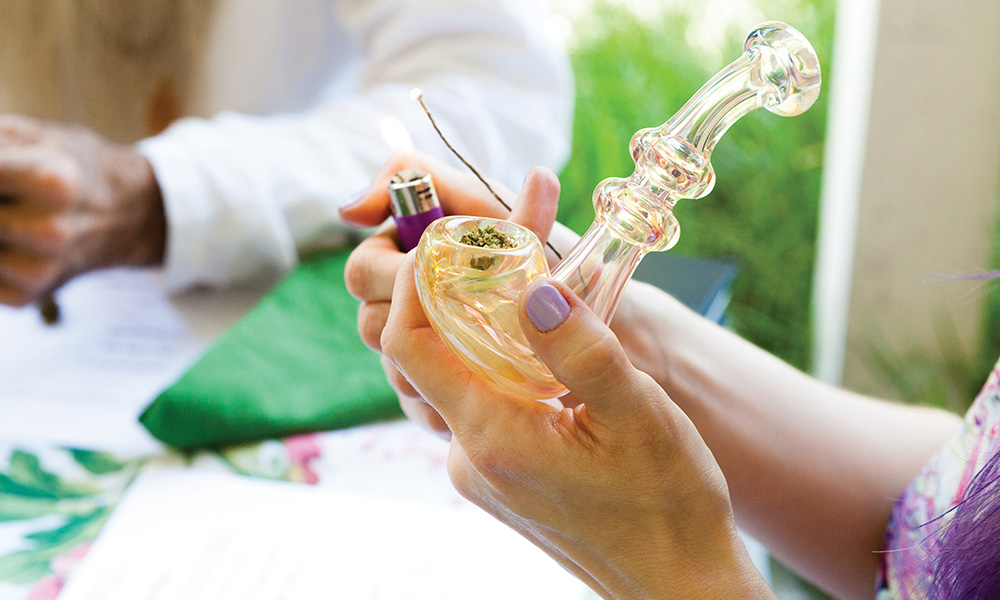
Just as the cannabis industry has grown at a rapid rate over the past five years, the grow room environment has also experienced significant evolution.
Growers are seeking to produce massive harvests and secure a place in the market, and in doing so are coming up against some major challenges associated with producing at scale.
This is a new frontier for many and a new field that requires different ways of thinking.
The “Secret Sauce” Mentality
One of the top challenges with scaling up cannabis production is the lack of standards in place.
It’s seriously hurting the industry right now by contributing to an information vacuum, especially as it relates to HVAC systems.
Research continues to prove what many have been saying for years: cannabis can stay in the system for a long time after the substance was used, and therefore cannabis blood tests are not a fair way to tell if someone has just used cannabis.
A new study titled “Residual blood THC levels in frequent cannabis users after over four hours of abstinence,” which appeared in the Drug and Alcohol Dependence journal, provides more evidence that alcohol can stay in the bloodstream long after a high has passed or after cannabis has been used. The study was conducted by researchers affiliated with the University of British Columbia, and then their results were published in an official study.
“Some stakeholders worry that current per se limits may criminalize unimpaired drivers simply because they use cannabis,” the researchers explained. “We conducted a systematic review of published literature to investigate residual blood THC concentrations in frequent cannabis users after a period of abstinence.”
So far, the study shows that if more than 2ng/ml are detected in the blood from cannabis use, they can persist for an extended period of time, so it’s not fair to look at that amount in the bloodstream and claim someone was recently exposed to cannabis, and it is certainly not fair to determine the person is still intoxicated.
Authors reported: “[I]n all studies where participants were observed for over a day, blood THC [levels] in some participants remained detectable during several days of abstinence,” with some subjects continuing to test positive for up to 30 days. Some subjects also demonstrated a so-called ‘double hump’ pattern “where their THC levels rose toward the end of the week after an initial decline.

